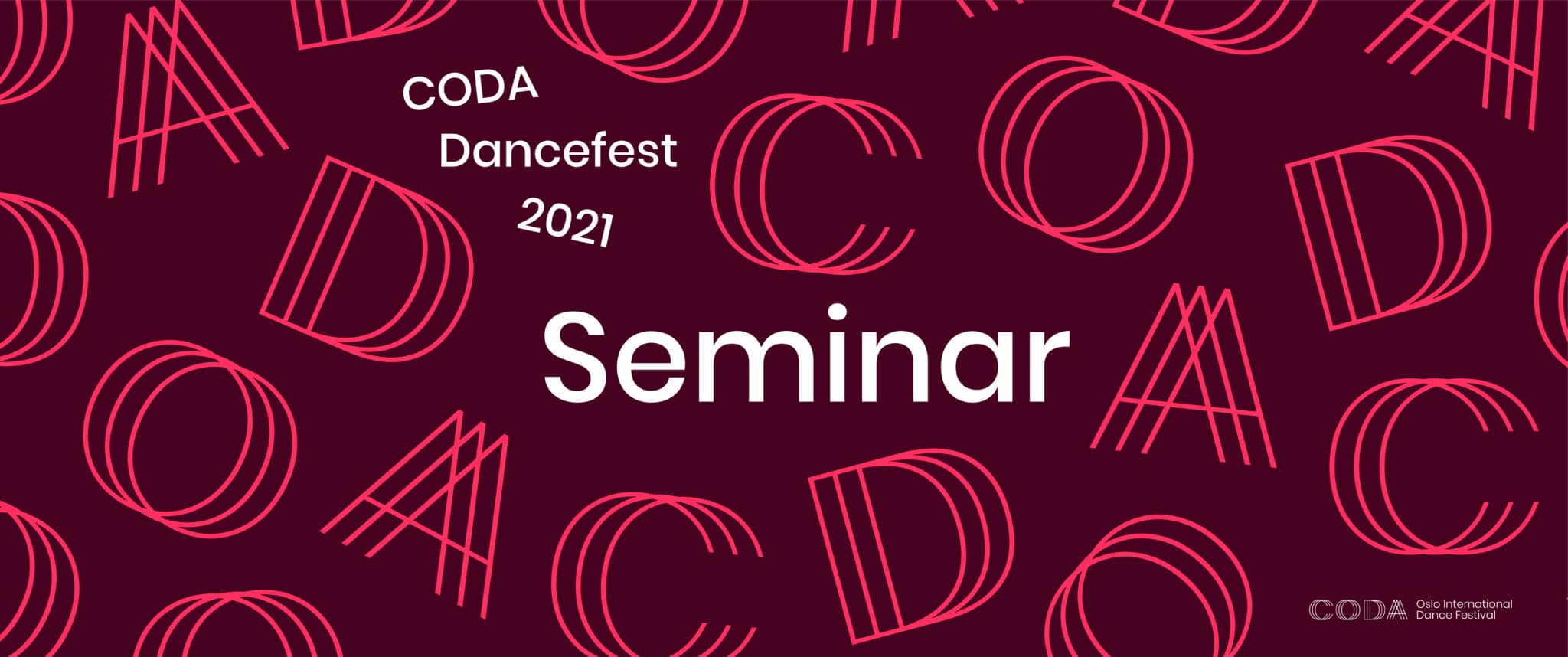Dance and disability – a verbal contradiction defied by dance itself
Bærum Kulturhus
27. October - Kl 10.00
How does having a disability effect the dancework that is being created and performed? What does inclusive arts mean on a personal and political level?
This seminar offers digital presentations and live panel discussions, in addition to engaging group discussions and networking.
Dance is corporeal activity at the highest level. Therefore, the pairing of dance and disability is unimaginable to many. Imagining this is exactly what we will do during this seminar. In conversation with artists who self-identify as disabled, we will be talking about how the personal perspective and body influence the dance and performances that are being created.
We invite you to join us in conversations and discussions about how we can all contribute to making dance and performance (more) accessible, and this seminar offers digital presentations as well as live panel discussions, engaging group discussions and networking.
Claire Cunningham (UK), choreographer and activist; Tanja Erhart (AT), dancer and activist; Elen Øyen (NO) of Danselaboratoriet (The Dance Laboratory), and Kjersti Horn (NO), director will converse. We have also invited representatives from Arts Council Norway, Ny Ung Kunst (NUK), Teater Manu, NTNU, UiT The Arctic University of Norway for conversation and discussion.
PROGRAM
10.00-10.10: Welcome! Introduction by the festival director and artistic director of CODA – Oslo International Dance Festival.
10.10-11.15: Artist talk: Introduction to and conversations with Tanja Erhart (AT) and Elen Øyen (NO)
11.15-11.30: Break
11.15-12.15: Artist talk: Introduction of and conversations with Claire Cunningham (UK) and Kjersti Horn (NO)
12.15-12.35 Break
12.35-12.45 Insight into some processes and projects that will make the art field more accessible to artists with disabilities
Kaja Tvedten Jorem and Monica Ifejilika from Arts Council Norway provide insight into ongoing projects that aim to make the art field more accessible to people with disabilities. Nanna Kathrine Edvardsen (PhD candidate at UiT) and Tine Skjold (Project Manager for NUK – New Young Art, Arctic Arts Festival) talk about their work with the Inclusive Art network and the education program «Inclusive Art».
12.45-13.05 Discussion groups
We divide into groups of two and two to discuss: What are the most important questions we must ask ourselves and others to make dance (more) accessible?
13.05-13.30 Circle talk: What does it mean to have or use functional variations as a starting point in creative work?
Stine Nilsen in conversation with Kjersti Horn, Elen Øyen, Ipek D. Mehlum and Ådne Sekkelsten.
13.30-14.30 Lunch
14.30-16.30 Parallel meetings
In this section, there will be two conversations / discussion forums in parallel. After being part of one, you can take part in the other. There is a 15min break in between the conversations, as well as a 15 min rounding together at the end.
45 min: Conversation 1: Samtale: Inclusive Art in practice
What are the practical elements we can / must have with us when we work with diversity artistically?
What do we as organizers need to know what to do, and where do we find this information?
Fie Sennels, Maria Terese Engdahl-Høgåsen og Jean-Baptiste Baele.
45 min: Conversation 2: Input meeting: Inclusive Art-Utdanning
The Arctic Arts Festival, the Arctic University of Norway (UiT) and The Arctic University Museum and Academy of Fine Arts (UMAK) have received funding to develop a study plan for an Inclusive Art education.
The Education program shall function as a further education at MA level where interdisciplinary artists with special competence in safeguarding diversity in cultural life are educated. The target group for the education is working life (the field of art and culture), and the education shall be based on the experiences of society and working life.
In this input meeting, we want to listen to your thoughts on such an education. For example, we wonder:
What do you feel is missing or needed to be able to facilitate a diverse business? Who should be educated? What should such an education consist of in order for it to have value? For whom should it have value? In what way?
The conversation is led by Nanna Kathrine Edvarsen and Tine Skjold.



